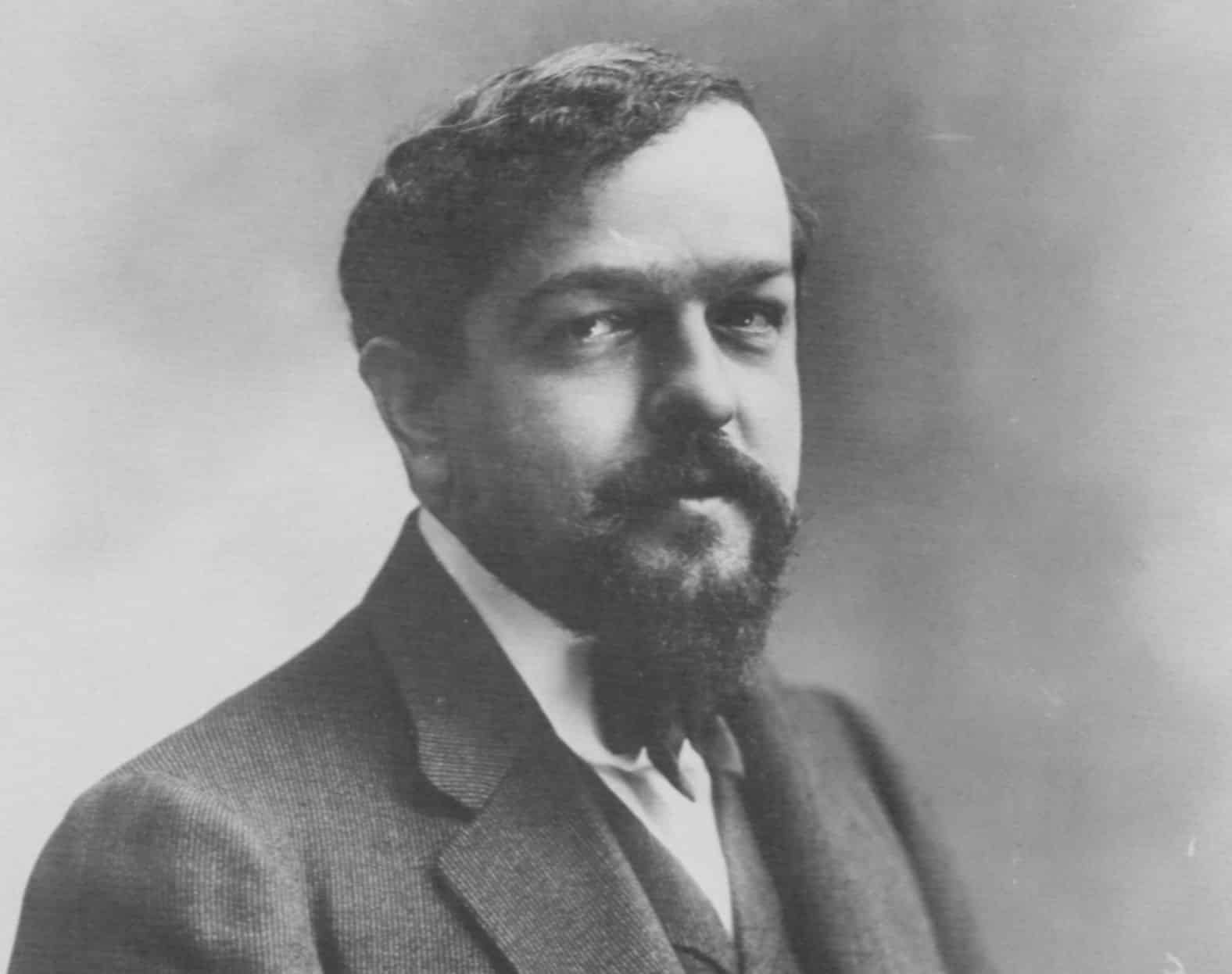La Mer (The Sea), composed by Claude Debussy between 1903 and 1905, is one of the most iconic works in the impressionist composer’s repertoire. Known for its evocative portrayal of the ocean, La Mer is a symphonic masterpiece that takes the listener on a journey through the many moods of the sea. In this article, we explore the history of this remarkable composition, its inspiration, its premiere, and its lasting impact on music.
The Birth of La Mer
The creation of La Mer was a long and somewhat complex process for Debussy. Unlike many of his other works, which were born out of clear inspiration or sudden bursts of creativity, La Mer was more the result of careful experimentation and thoughtful composition.
Debussy first conceived the idea for La Mer in 1903, while living in the coastal town of Pourville in northern France. This picturesque seaside location likely provided him with a direct connection to the rhythms and sounds of the ocean, which he sought to capture in his music. During this period, he was also intensely focused on exploring new ways of representing natural phenomena through music.
Despite this direct inspiration, La Mer was not merely a programmatic piece aimed at depicting the sea. Rather, it was an artistic interpretation of the sea’s dynamic character, expressed through Debussy’s signature style. He sought to evoke a wide range of oceanic moods, from the quiet calm of the morning to the violent energy of a storm, through innovative orchestral techniques and harmonic language.
The Musical Language of La Mer
La Mer stands out as a major achievement in Debussy’s exploration of orchestral color and texture. The work is written in three movements:
- De l’aube à midi sur la mer (From dawn to noon on the sea)
- Jeux de vagues (Play of the Waves)
- Dialogue du vent et de la mer (Dialogue of the wind and the sea)
Each movement has a distinct character that reflects Debussy’s interpretation of the sea’s various aspects. In the first movement, he uses light, shimmering textures to evoke the early morning light over the water, gradually building to the intense heat of midday. In the second movement, Jeux de vagues, Debussy mimics the undulating motion of the waves using complex rhythms and fluid melodies. The third movement, Dialogue du vent et de la mer, contrasts the forceful wind with the crashing waves in a dramatic and powerful musical exchange.
One of the most innovative aspects of La Mer is Debussy’s masterful use of orchestral color. He employed rich harmonies, unique instrumental combinations, and new playing techniques to create a vivid auditory landscape. For example, he used the brass and strings to produce a sense of swelling power, while the woodwinds and percussion instruments provided delicate and transparent textures to depict the lightness of the waves.
The Premiere and Reception
The composition of La Mer was completed in 1905, and the piece was first performed on October 15, 1905, by the Orchestre Lamoureux in Paris, under the baton of Camille Chevillard. The premiere was met with a somewhat mixed reception, as many listeners were initially unsure of how to interpret this unconventional work. Some critics were puzzled by the absence of traditional symphonic structures and the innovative orchestration. Others, however, recognized Debussy’s genius and heralded the work as a bold new direction in orchestral music.
Over time, however, La Mer gained wider appreciation, with many regarding it as one of Debussy’s greatest works. Its colorful orchestration and inventive approach to musical imagery proved to be hugely influential on later composers, particularly those working within the impressionist and modernist traditions.
The Legacy of La Mer
La Mer has since become a cornerstone of the orchestral repertoire and one of Debussy’s most frequently performed works. It has influenced generations of composers, including Maurice Ravel, who admired Debussy’s ability to create vivid, atmospheric music. The piece’s innovative use of orchestral color and its ability to capture the essence of nature without resorting to overt programmatic detail has made it a lasting masterpiece.
Today, La Mer remains a celebrated work for its stunning beauty, technical complexity, and evocative power. It has been performed by countless orchestras around the world and continues to captivate audiences with its vivid portrayal of the sea’s many moods.
Conclusion
La Mer is a musical embodiment of Claude Debussy’s unique ability to transform the natural world into an auditory experience. It showcases his extraordinary skill in orchestration and his ability to evoke emotion through sound. By breaking away from traditional structures and exploring new harmonic and instrumental techniques, Debussy created a work that stands as a testament to his genius and a defining moment in the history of Western classical music.
Whether it is heard in the concert hall or used as a symbol of the infinite power and beauty of the sea, La Mer continues to inspire musicians and listeners alike, cementing its place as one of the most important works of the 20th century.


Comments are closed